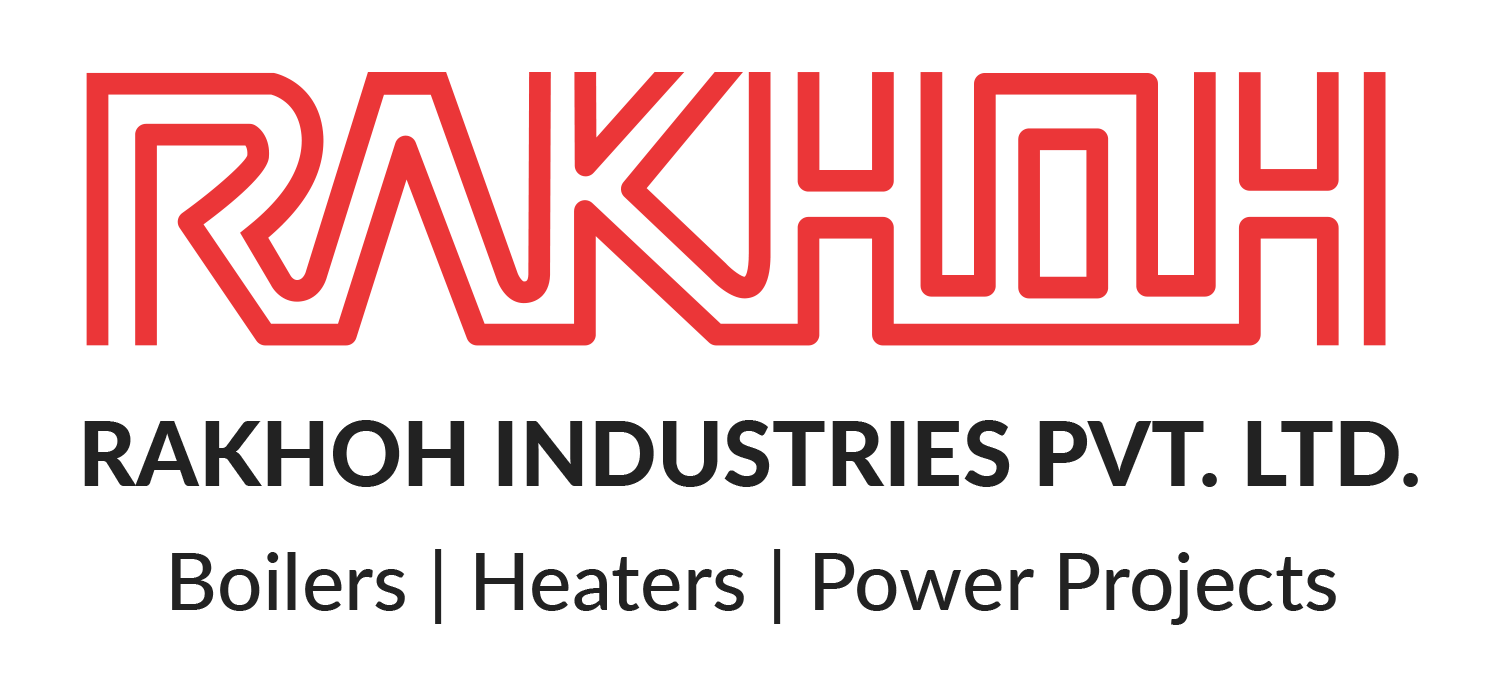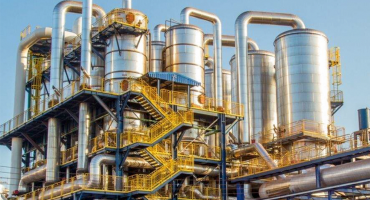A Guide to PLC and SCADA Automation in Steam Boilers
Steam Boilers are one of the most important equipment in any power plant and process industry that require constant monitoring and inspection at frequent intervals. In a steam boiler, various sections are controlled at the same time with primary sections, such as the boiler drum, a boiling section producing high-temperature water for steam generation. Excessive water level leads to improper steam generation. Steam & Drum Level is critical and difficult to measure and maintain to automate the system and reduce human errors. Precise control of the water level in the drum is an important factor that is performed by developing a PLC and SCADA system. It helps to reduce the manual operation and provide enhanced control and monitoring of the plant and process operations through a SCADA system, a centralized system for supervising the process by preparing the required data respective to process changes.
Programmable Logic Controller (PLC):
Programmable Logic Controller (PLC) is a digital computer for automation that can re-program the logic as per the users’ requirements in industries. PLC is also used for the internal storage of instruction for the function implementation such as logic, sequencing, timing, counting, and arithmetic to control through digital or analog input/ output modules.
Working of Programmable Logic Controller (PLC):
At the start of each operational cycle, the CPU brings in all the field input signals from the input signals from the module to store them into internal memory as a process of the input signal. This internal memory of the CPU is known as the process input image (PII).
The user program is available in the CPU program memory. The CPU takes the status of input from PII and processes it in the user program, and its result is stored in the internal memory of the CPU. This internal memory is called process output image. At the end of the program run, the CPU transfers the signal states in the process image output to the output module and resultantly, to the field control.
- Input-Output in PLC
- Input Layout:
- Feed Pump
- RTD Transmitter
- Level Switch
- Pressure Transmitter
- Output Layout:
- Solenoid Valve for the water inlet
- Solenoid Valve for Steam Outlet
- Heater
Supervisory Control and Data Acquisition (SCADA):
As the name suggests, SCADA stands for Supervisory Control and Data Acquisition that helps with the supervisory level as it is not a complete control system. SCADA is used for monitoring and controlling plants or equipment. The control may be automatic or managed by operator commands. The data acquisition is completed by the PLC’s scanning the field inputs connected to the PLC that is usually at a fast rate. The central host scans the PTU’s at a slow rate and the data is processed to detect alarm conditions. If an alarm is present, it is displayed on special alarm lists.
PLC and SCADA in Industries:
PLC and SCADA are used to develop and implement boiler automation. Various sensors measure the temperature, pressure, and water level. The parameters are assessed through SCADA, and the operation is controlled by using PLC. The entire arrangement shuts down if the temperature and pressure reach a predetermined value and the automatic check valve opens to discharge the steam and pressure. An emergency alert is activated, and automatic check valves are opened to avoid any hazardous failure. Boiler control is a crucial part of any process plant.
The steam boiler in a process plant or power generation project is controlled through a variety of methods. The method to be used is determined by several objectives such as rising profit, increased efficiency, superior quality, and other factors that are dependent on the industry. Boiler automation has become vital for meeting the primary goal of providing easy operation to these facilities and the needs of the industries. The changes that are consistently taking place in the industrial sector are partially the result of boiler automation. The automation process, which is gradually assuming its position in all process plants throughout the world, has been given priority. It has prepared itself to examine the critical components of the entire process operation, along with their implementation and any difficulties that may arise.
Conclusion:
Rakhoh Boilers are renowned for their efficient and reliable steam boilers, waste heat recovery boilers, thermic fluid heaters, and boiler accessories since their inception in 1983. We also provide excellent boiler services like energy audit, steam trap assessment, boiler automation, annual boiler maintenance, fuel conversion, etc., to enhance the efficiency and productivity of steam boilers.
Learn more about our products and services at www.rakhoh.com
- Published in Boiler








